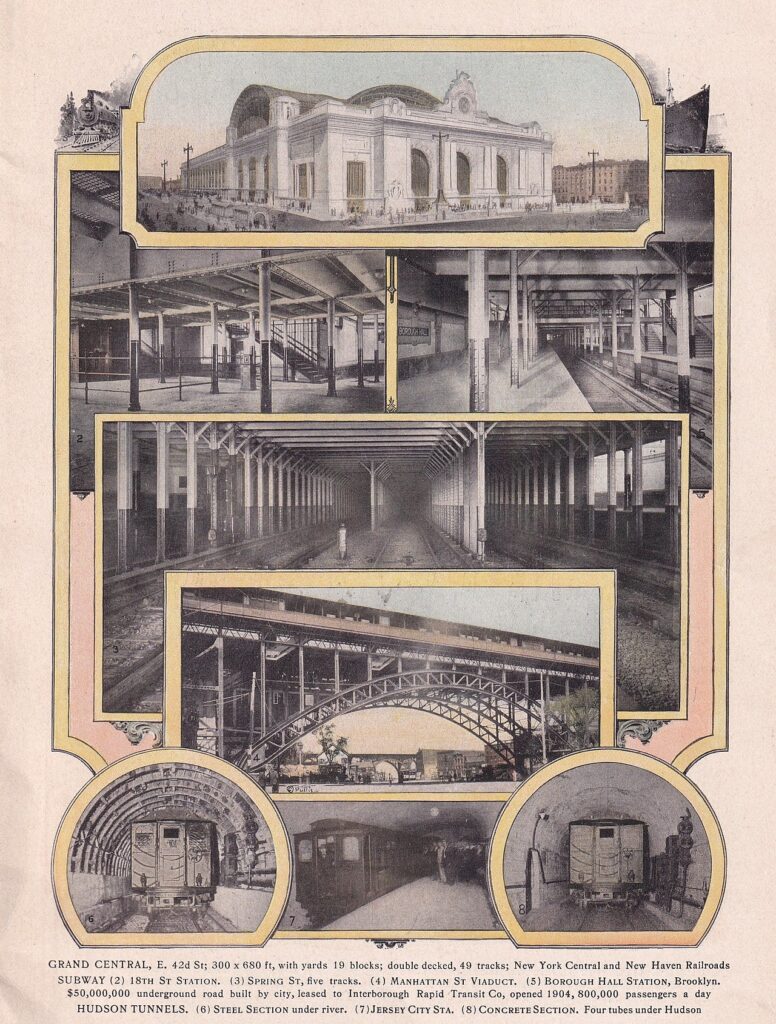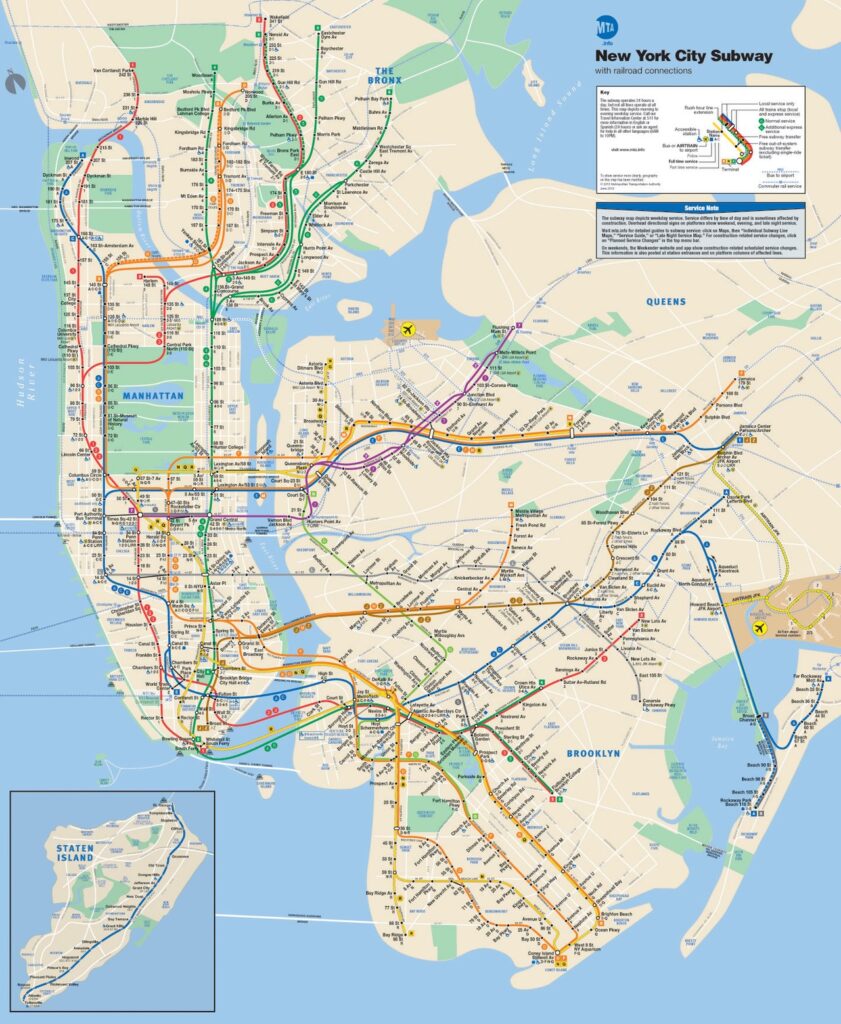The Birth of a Mass-Transit Legend
Picture this: It’s October 27th, in the year 1904. It’s a crisp autumn morning in the bustling heart of New York City. It was no ordinary day — in fact, nothing of the sort. On this day, something most extraordinary happened — The City of New York unveiled its brand-new subway system, a transportation revolution that would forever change the city’s landscape.
The New York City subway system, then and now, stands as a prime example of American ingenuity and innovation. In the early 20th century, it emerged as a beacon of hope amidst the urban chaos. The opening of this subway was a game-changer, making New York the first city in the United States to have a rapid transit system.
The Pioneering Spirit
Back in 1904, the New York City subway was an engineering marvel. A total of 9.1 miles of track were laid down, stretching from City Hall in Lower Manhattan up to 145th Street in Harlem. It was hailed as a modern marvel, utilizing electric traction — a revolutionary concept at the time. The subway featured beautiful mosaics and impressive architectural details that are still evident in some stations today.
In comparison to other systems of the era, the New York City subway set the bar high. London had opened its underground system, known as the Tube, in 1863, but New York’s subway was distinct for being electrified from the very beginning. Many European counterparts still used steam engines and would continue doing so for years to come. This foray into new technology fit nicely into the American pioneering narrative.
Evolving Over the Years
Fast forward to today, and the New York City subway system has come a long way. It’s the largest and busiest in the world, with over 472 stations and 27 subway lines stretching across the city’s five boroughs. It’s a sprawling web that connects New Yorkers to their jobs, homes, and countless opportunities.
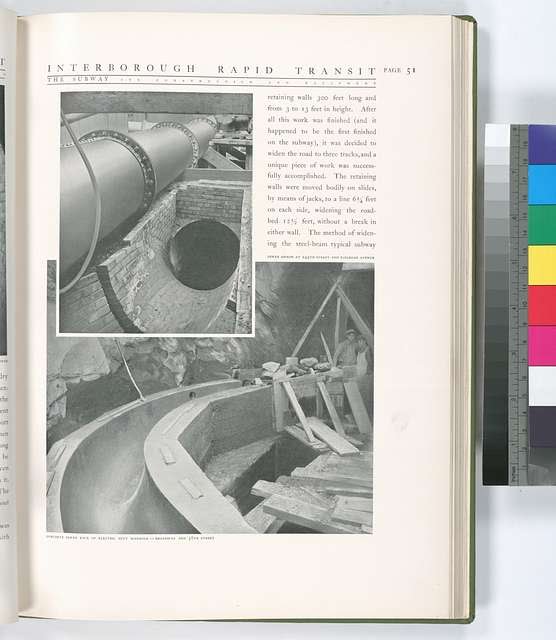
(The New York Public Library/Public Domain)
Over the years, the system has gone through significant changes and improvements. It has adapted to meet the ever-growing demands of the city’s population. For instance, the subway has expanded to accommodate new neighborhoods and boroughs. New lines, like the Second Avenue Subway, have been added to relieve congestion on existing routes.
Challenges and Triumphs
It wasn’t all smooth sailing. Building a brand new subway system involved plenty of challenges. Natural obstacles included granite bedrock, which required significant drilling and blasting. With much of the city at or near sea level, dealing with the high water table was a ongoing challenge requiring the constant use of pumps to prevent flooding. The rivers and other waterways needed to be crossed or tunneled under, requiring their own set of engineering solutions. Swamps and marshes in the outer boroughs further complicated the excavation and construction processes. The layers of sand and loose silt in some areas would shift and cause structural issues if not addressed right from the beginning.
Man-made obstacles provided their own set of challenges. The complex political and bureaucratic processes at both city and state level slowed down and complicated decision-making. Acquiring land and property rights for the project involved lengthy negotiations with property owners. Rerouting water and gas mains, steam pipes, electric conduits and over 12 miles of sewers was a planning and logistical nightmare.
And the challenges didn’t end with the system’s original construction. Since that time, it’s grappled with aging infrastructure, financial scandals, labor strife and frequent maintenance issues.
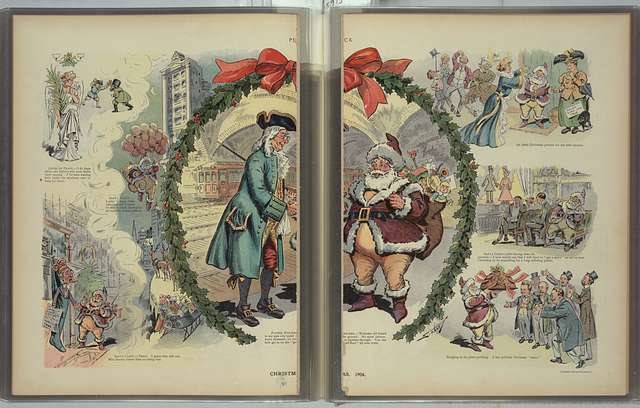
(Retrieved from the Library of Congress/Public Domain)
But New Yorkers — always priding themselves on their resilience — worked together to address these problems and continue to do so today. The subway is constantly evolving, and improvements are ongoing. The introduction of contactless payment systems, like the MetroCard and later, the OMNY system, has made life easier for commuters.
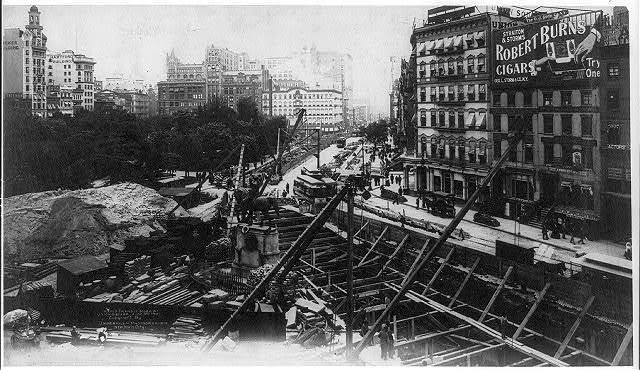
(Library of Congress Records/Public Domain)
Comparison with Today
When comparing the 1904 subway to today’s system, it’s like looking at two different worlds. The modern subway is faster, cleaner, and more efficient. Trains are air-conditioned in the summer and heated in the winter, a far cry from the early days when passengers endured extreme temperatures. Today’s subway cars are designed for comfort and safety, with features like automated announcements and digital displays to keep riders informed.
Cultural and Economic Impact
The subway’s impact extends beyond transportation. It has influenced New York City’s culture and economy. Entire neighborhoods have grown around subway stops, turning forgotten corners of the city into thriving hubs of activity. The subway is a constant muse for artists, writers, and filmmakers, featuring prominently in countless works of art and culture.
Economically, it’s been a catalyst for growth. Businesses thrive around subway stations, as they offer easy access to a steady stream of potential customers. Real estate values near subway stops tend to be higher due to the convenience of the system.
A Hub of Diversity
One of the most remarkable aspects of the New York City subway is the diverse tapestry of humanity that rides its trains daily. From Wall Street bankers to artists in Brooklyn, the subway is a microcosm of the city’s demographics. It’s a place where people from all walks of life come together, share space, and build a unique sense of community.
* * * * * * * * * * * * * *
The New York City subway system has evolved from its humble beginnings in 1904 to become a lifeline for the city. It has grown, adapted, and transformed over the years, mirroring the ever-changing nature of the metropolis it serves. From its pioneering days as the first American rapid transit system to its modern incarnation as a global transportation marvel, the subway remains an integral part of New York City’s identity.
As we look back on its history, we can see how it has played a pivotal role in shaping the city’s past, present, and future. It’s more than just a means of getting from point A to point B; it’s a symbol of New York’s resilience, diversity, and constant pursuit of progress. The New York City subway system is truly a marvel of human engineering and a testament to the indomitable spirit of the city that never sleeps.
By Steven Roberts

